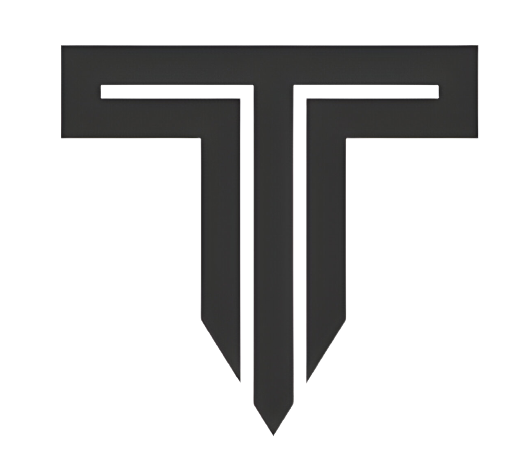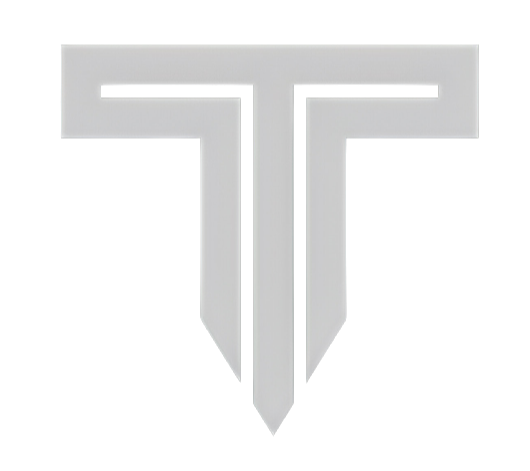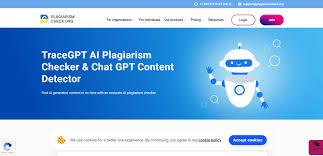Introduction
Being unique is more crucial than ever in the information-rich world of today. Whether you're a blogger, content marketer, researcher, teacher, or student, it's imperative that your work be free of plagiarism. A plagiarism checker is really helpful in this situation. A plagiarism checker can detect instances of copied or plagiarized content by comparing a piece of work with a large database of sources. This article will discuss the definition of a plagiarism checker, its functions, advantages, types, and the reasons it has become essential in both academic and professional contexts.
What is a Plagiarism Checker?
A plagiarism checker is an online or software-based application that searches a document for duplicate content. It looks for similarities between the provided text and billions of webpages, scholarly articles, and previously submitted works. In addition to highlighting words, sentences, or full paragraphs that correspond with other sources, these applications frequently include a percentage to show the extent of content duplication.In addition to being helpful in identifying deliberate cheating, plagiarism checkers can also assist authors in identifying accidental plagiarism, which happens when someone inadvertently employs words or sentences that are too similar to previously published works without properly citing them.
How Does a Plagiarism Checker Work?
Plagiarism checkers use complex algorithms and artificial intelligence to scan and match content. Here's a simple breakdown of how they work:
-
Text Analysis: The tool breaks down the content into smaller parts such as phrases, sentences, or paragraphs.
-
Database Matching: It compares the input text against extensive databases, including academic journals, websites, books, and other published materials.
-
Similarity Detection: When similar patterns or exact matches are found, the tool flags those segments.
-
Report Generation: The checker then provides a report that highlights the plagiarized text, shows the original sources, and gives a similarity score.
For writers and academics, some sophisticated plagiarism checkers are even more useful because they also provide grammatical and citation checks.
Why is Using a Plagiarism Checker Important?
Academic Integrity
Originality in research, writings, and tasks is crucial in academic settings. Serious consequences from plagiarism might include expulsion, suspension, or low marks. Students can use a plagiarism checker to ensure their paper is original before turning it in.
Credibility as a Professional
Writers, journalists, and content producers are expected to provide original content. Plagiarism can lead to legal issues, damage one's reputation, and possibly end in termination. By confirming the content's legitimacy before to publishing, a plagiarism checker offers comfort.
SEO and Online Visibility
Unique content is essential for search engine rankings for bloggers and digital marketers. Search engines like Google penalize websites that use duplicate content. Using a plagiarism checker ensures that your content is not accidentally copied and helps maintain the integrity of your website.
Legal Protection
Plagiarism can lead to copyright infringement lawsuits. Using a plagiarism checker protects individuals and organizations from unintentionally violating intellectual property rights.
See more article: plagiatsprüfer
Types of Plagiarism Detected by Checkers
-
Numerous forms of plagiarism can be identified by a trustworthy plagiarism detector, including:
-
Copying text verbatim without giving credit is known as direct plagiarism.
-
Reusing your own prior work without giving credit is known as self-plagiarism.
-
Combining copied material with original work is known as mosaic plagiarism.
-
Accidental plagiarism is when someone doesn't properly credit their sources because they didn't understand or forgot.
By identifying these different types, plagiarism checkers promote responsible writing practices.
Best Practices When Using a Plagiarism Checker
-
Using a plagiarism detector is not just to avoid problems; it's also to help you become a better writer. The following protocols are advised to be followed:
-
Give credit where credit is due at all times: Give the person whose words or ideas you use due credit.
-
Take your time paraphrasing: Don't just change a few words; instead, rewrite the idea in your own words and add your perspective.
-
Review the report: You shouldn't ignore the plagiarism report. Analyze every item that has been marked and decide if it needs to be revised or cited.
-
Employ a Variety of Tools: Consider using more than one plagiarism detector for a more thorough review.
-
Continue to Learn: Keep abreast on professional and academic writing standards to minimize inadvertent plagiarism.
Popular Plagiarism Checkers in Use
There are several plagiarism checkers available today, both free and paid. Here are a few popular ones:
-
Grammarly: Known for grammar and plagiarism checking, ideal for writers and students.
-
Turnitin: It compares work to a large database of student papers and scholarly articles and is widely utilized in academic institutions.
-
Copyscape: A favorite among website owners to check for duplicate online content.
-
Quetext: Offers a simple interface and deep search options for writers.
-
Plagscan: Offers customizable reports and is used by educational institutions and professionals.
Since every tool has unique advantages, it's critical to select one that best suits your requirements.
The advantages of using a plagiarism detector
Let’s summarize the benefits of using a plagiarism checker
-
Saves Time: Quickly scans your document and highlights problem areas.
-
Boosts Confidence: gives you peace of mind knowing your material is unique.
-
Enhances Learning:instructs pupils on how to avoid plagiarism and what it is.
-
Improves Writing Skills: Encourages careful writing, proper citation, and paraphrasing techniques.
-
Builds Trust: Writers and businesses that produce original work earn credibility and trust from their audience.
Challenges and Limitations
Plagiarism checks are really helpful, however they are not flawless. Here are some limitations to be aware of:
-
Database Limits: No tool can compare with every piece of content ever written.
-
False Positives: Common phrases or technical terms may get flagged as plagiarism.
-
Language Barriers: English is more compatible with certain checkers than other languages.
-
Costs of Subscriptions: Premium tools could need a subscription.
-
Notwithstanding these disadvantages, the advantages greatly exceed the restrictions.
Conclusion
Because content is created and shared so quickly in the digital era, being original is not an option. A plagiarism detector acts as a safeguard against unintentional mistakes and promotes ethical writing methods. Including a plagiarism checker in your workflow is a smart and responsible move, regardless of your role—writer, educator, student, or business owner. Making sure your work is completely original not only protects your reputation but also promotes an honest and innovative environment. Use your authentic voice in all of your work and make it a habit to check it for plagiarism.
For more and latest article : Clicking Here



